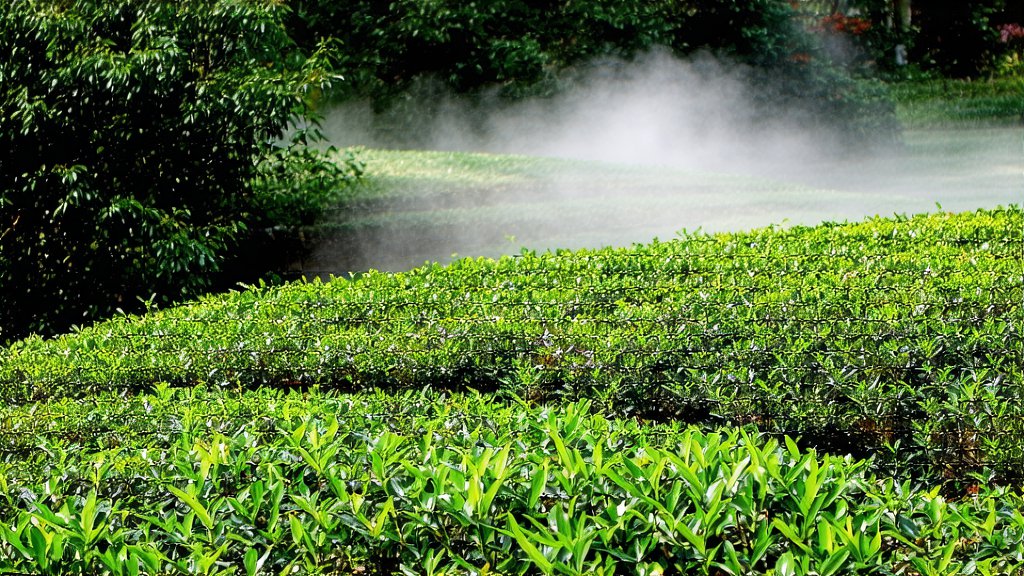
In the vast and diverse landscape of Chinese tea culture, yellow tea stands as a unique and lesser-known gem among its more famous counterparts—green, black, white, oolong, and pu-erh teas. Among the various yellow tea varieties, Junshan Yinzhen holds a special place due to its distinctive processing method and unparalleled flavor profile. This article delves into the rich history, types, production process, and tasting techniques of Junshan Yinzhen, offering an in-depth look at this exquisite tea for international readers.
A Historical Perspective on Junshan Yinzhen
The origins of Junshan Yinzhen can be traced back to the Tang Dynasty (618–907 AD), making it one of the oldest teas in China. It is named after Junshan Island, located in Dongting Lake in Hunan Province. The island’s unique climate, characterized by abundant rainfall and fog, creates ideal conditions for cultivating high-quality tea. Over centuries, Junshan Yinzhen has evolved from a local specialty to a revered national treasure known for its health benefits and refined taste.
Types of Junshan Yinzhen
Junshan Yinzhen primarily comes in two main categories: Huangya Yinzhen (Yellow Sprout Tip) and Huang Xiao Ya Yinzhen (Yellow Small Sprout). Both types are distinguished by their golden color and slightly curved shape, but they differ slightly in terms of picking standards and maturity levels. Huangya Yinzhen consists of the earliest sprouts picked during the spring season, while Huang Xiao Ya Yinzhen includes both sprouts and young leaves.
The Art of Making Junshan Yinzhen
The production of Junshan Yinzhen is a meticulous and time-consuming process that involves several stages:
- Leaf Picking: Only the topmost tender leaves and buds are handpicked during early spring.
- Withering: The freshly picked leaves are spread out thinly to allow them to wilt naturally under controlled conditions, reducing moisture content and softening the leaves.
- Fixation: Unlike other teas, Junshan Yinzhen undergoes a unique fixation process where the leaves are gently steamed or pan-fired. This step halts oxidation while preserving the natural enzymes within the leaves.
- Wrapping and Bundling: One of the most distinctive steps in the production of Junshan Yinzhen is wrapping the fixed leaves in bamboo mats and allowing them to undergo a slow fermentation process. This step gives the tea its characteristic yellow color and smooth texture.
- Drying: Finally, the wrapped bundles are dried slowly to remove any remaining moisture, ensuring the tea's longevity and stability.
The Delicate Dance of Tasting Junshan Yinzhen
Tasting Junshan Yinzhen is an experience akin to savoring a fine wine. Here’s how you can best appreciate its nuances:
- Visual Appreciation: Observe the dry leaves, which should be a uniform golden hue. Upon infusion, the leaves unfurl gracefully, revealing a bright yellowish-green liquor.
- Aroma: Bring the cup close to your nose and take a deep breath. Note the subtle floral and fruity aromas that characterize high-quality Junshan Yinzhen.
- Taste: Take small sips to fully appreciate the tea’s complex flavors. You should detect a harmonious blend of sweetness, slight astringency, and a smooth finish.
- Mouthfeel: Pay attention to the texture of the tea. Junshan Yinzhen should feel velvety and silky on the palate, leaving a lingering sweetness.
- Aftertaste: Notice the aftertaste, which should be clean and refreshing, often described as having hints of chestnut and honey.
Health Benefits of Junshan Yinzhen
Junshan Yinzhen is not only celebrated for its exquisite taste but also for its numerous health benefits. Rich in antioxidants, catechins, and amino acids, this tea is believed to aid digestion, boost metabolism, and improve cardiovascular health. Its mild caffeine content provides a gentle energy lift without the jitteriness associated with stronger teas or coffee.
Modern Production Challenges and Innovations
Despite its storied history, Junshan Yinzhen faces challenges in modern production. The labor-intensive process and specific growing conditions limit its production capacity. However, innovations such as improved agricultural practices and sustainable farming methods are helping to preserve and promote this ancient tea. Additionally, efforts are being made to educate a new generation of tea enthusiasts about the unique qualities of Junshan Yinzhen, ensuring its legacy continues well into the future.
Conclusion
Junshan Yinzhen is more than just a tea; it is a testament to China’s rich cultural heritage and centuries-old tea-making traditions. From its historical roots to its intricate production process and sophisticated tasting notes, Junshan Yinzhen offers a window into the soul of Chinese tea culture. For those fortunate enough to experience it, Junshan Yinzhen is not merely a beverage but a journey through time and tradition, encapsulated in every golden sip.
For those who wish to delve deeper into the world of Junshan Yinzhen, consider visiting tea plantations in Hunan Province, where you can witness firsthand the dedication and artistry involved in producing this exceptional tea.